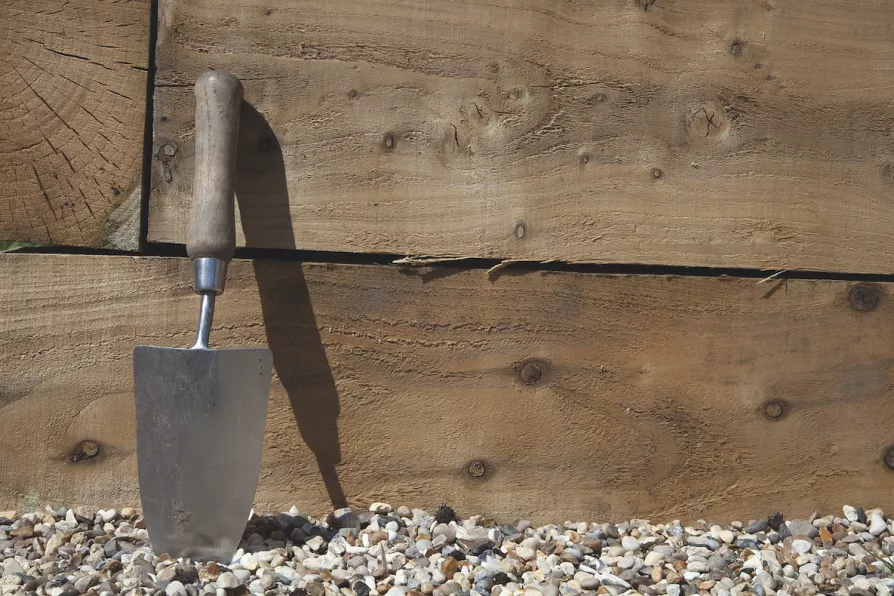After years hidden away, Oldham’s memorial to six local volunteers who died fighting fascism in the Spanish civil war has been restored to public view, marking both a victory for campaigners and a renewed tribute to the town’s proud International Brigade heritage, says ROB HARGREAVES


MIZUNA is one of the most commonly grown oriental brassicas in this country, and for good reasons. It’s a pretty easy crop to succeed with, and it’s a particularly versatile foodstuff. It’s mild but not bland flavour and its crisp texture mean it’s equally good raw or lightly cooked. Mizuna isn’t the sort of vegetable that rudely dominates a meal, so you can use it with almost anything.
You may find the seeds on sale under the name Japanese greens, or as mizuna. Although, with a little trouble, it can be grown almost all year round, for me mizuna has always done best sown round about now for an autumn harvest.
Very hot, dry weather doesn’t agree with it, which is why I rarely sow it before midsummer. Of course, the shifting seasons caused by climate change mean that many established sowing dates are having to be revised.

MAT COWARD rises over such semantics to offer step by step, fool-proof cultivating tips













